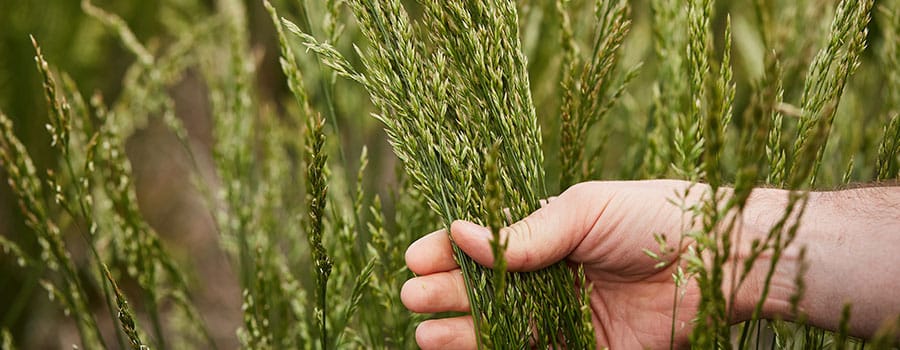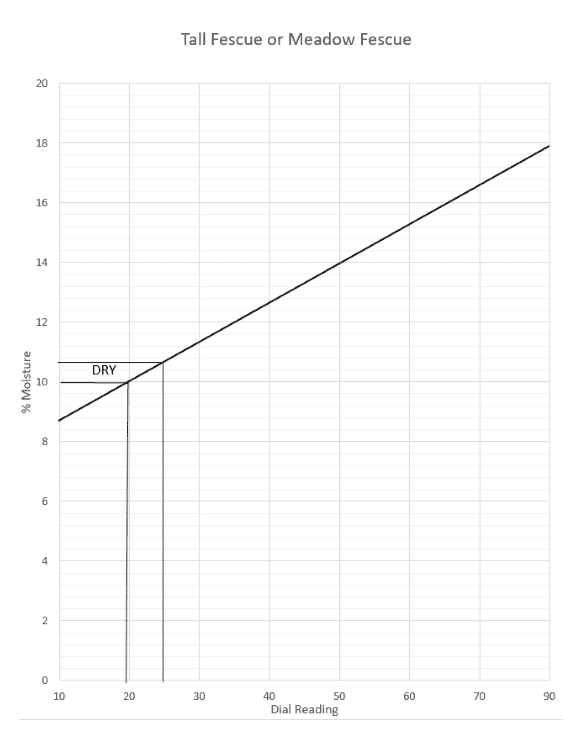Field Selection
Tall fescue responds well to moisture and nitrogen. It is adapted to different soil types, ranging from light textured sandy soils to heavy clay soils. The field must be free of residual herbicides such as Edge, Treflan and others. It is important to review the herbicide history of the field before planting. As well, a field that has had glyphosate applications and is clean of quackgrass is essential.
Weed Control
Wild oats, cleavers and quackgrass are the worst weed problems. Wild oats, cleavers and other broadleaf weeds can be controlled with herbicides; however, there is no in-crop control for quackgrass.
Seeding
Tall fescue is seeded at 4 lbs/acre and conventional seeding equipment can be used.
Harvesting
Tall fescue must be swathed, usually in mid to late July. It is earlier than most crops, which can help split up the harvest. When swathing fescue, some shattering will occur. Therefore, we recommend swathing at night or early in the morning. Harvesting usually takes place about 5 – 7 days after cutting, depending on weather. Dry is 11%, but fescue can be harvested at 14% or 15% and dried in an aeration bin. Heat cannot be used as it can affect germination.
Seed Yield
Tall fescue yields in Manitoba and Saskatchewan have ranged from 500 to over 1,200 lbs/acre net clean seed, with a five-year average of 700 lbs.
| Features | |
|---|---|
| Crop Type | Grass |
| Revenue | High |
| Rotation | Long |
| Moisture Tolerance | Medium – High |
| Harvesting | Early |


